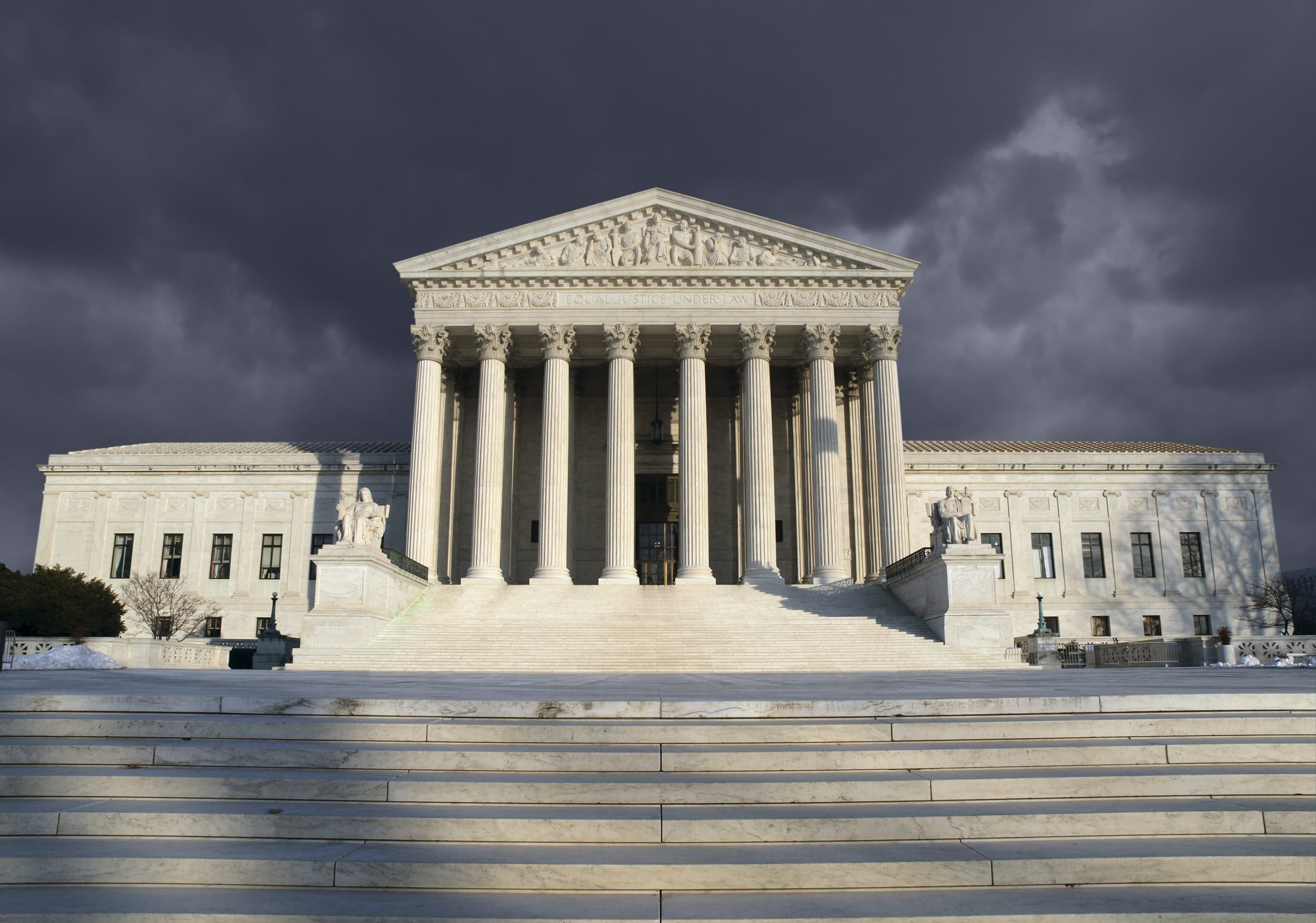BYOOVIZ is confusing with BEOVU: Federal Court finds violation of Novartis’ trademark rights | Smart & Biggar
In a decision dated January 24, 2024, Justice Pallotta allowed Novartis’ application, finding that Biogen and Samsung’s use of the trademark BYOOVIZ in association with an ophthalmologic drug violates Novartis’ rights in its registered trademark BEOVU: Novartis AG v Biogen Inc, 2024 FC 52.
Background
Novartis owns a registration for the trademark BEOVU (No. TMA1072372), which it uses in association with an anti-vascular endothelial growth factor (anti-VEGF) biologic drug approved in Canada for treating neovascular age-related macular degeneration (commonly referred to as wet AMD).
On March 8, 2022, Health Canada issued a notice of compliance authorizing Samsung and Biogen (the respondents) to market an anti-VEGF drug for treating wet AMD under the brand name BYOOVIZ. The BYOOVIZ drug was approved as a biosimilar equivalent to LUCENTIS, another anti-VEGF medication marketed by Novartis. While BEOVU, LUCENTIS, and BYOOVIZ all treat wet AMD, they contain different active pharmaceutical ingredients (APIs): the API in BEOVU is brolucizumab whereas the API in LUCENTIS and BYOOVIZ is ranibizumab.
Novartis commenced an application in the Federal Court alleging infringement, passing off, and depreciation of goodwill.
Analysis
Infringement
Justice Pallotta agreed with Novartis that, in addition to physicians and pharmacists, patients are relevant consumers and was “not persuaded by the respondents’ arguments that patients lack the requisite control over the anti-VEGF medication given to them so as to exclude their perception.” In particular, Justice Pallotta considered the choice to refuse administration of the drug, upon hearing the name of the drug or seeing it on a consent form or syringe, sufficient to make patients relevant consumers for the purpose of assessing confusion.
With respect to the consumers’ attitude, Novartis argued that the high-throughput, busy, stressful, and demanding nature of ophthalmologists’ practice should be considered in assessing the likelihood of confusion. In Justice Pallotta’s view, ophthalmologists would not be more “hurried” but are instead “more likely to perceive smaller differences in drug name trademarks than the average patient.” In terms of patients, the evidence failed to establish that “patients would approach a decision about anti-VEGF drugs with reduced care or attention, or that they are more likely to be confused due to their sensitive nature or their age.”
In considering the subsection 6(5) factors, Justice Pallotta made the following observations:
- 6(5)(a): This factor favoured Novartis since BEOVU is a coined and inherently distinctive trademark. Finding distinctiveness to be a neutral factor because BYOOVIZ is also coined “would undermine the principle that coined words are typically afforded a wider ambit of protection.” Furthermore, the evidence established that the BEOVU trademark has acquired distinctiveness through use.
- 6(5)(b): While the BEOVU mark has been in use longer than the BYOOVIZ mark, Justice Pallotta treated length of time as a neutral factor.
- 6(5)(c) and (d): This factor strongly favoured Novartis since “[t]he BYOOVIZ trademark is used with precisely the same goods that are covered by the BEOVU registration.” The fact that the parties’ drugs are “highly similar if not identical in terms of how they are classified, administered, prescribed, handled, and distributed” further increases the likelihood of confusion.
- 6(5)(e): Justice Pallotta found at least a moderate degree of resemblance between BEOVU and BYOOVIZ in appearance and ideas suggested, both being coined, three-syllable words, with a similar sequence of letters and a suffix that conveys a similar idea. In terms of sound, Justice Pallotta considered the degree of resemblance to be high, as the marks share a similar sound pattern, rhythm, and emphasis. The uncertainty and variability regarding how the marks would be pronounced further increases the likelihood of confusion since “[s]ound is a particularly important factor in this case because it is a key way that consumers, and especially patients, encounter the trademarks.”
Justice Pallotta concluded that the respondents’ use of the BYOOVIZ trademark infringes Novartis’ rights in its registered BEOVU trademark, contrary to paragraph 20 of the Trademarks Act.
Passing off
Justice Pallotta also found the respondents liable for passing off under paragraph 7(b) of the Trademarks Act.
With respect to the first element of the test, Novartis established goodwill in the BEOVU trademark through use in association with an anti-VEGF drug for more than three years. While negative publicity surrounding reports of safety concerns by Health Canada may have reduced the goodwill in the BEOVU mark, it “did not extinguish it.”
The second element of the test (misrepresentation) was satisfied through a likelihood of confusion between the BEOVU and BYOOVIZ marks and the third element (damage) was established through “loss of control of the BEOVU trademark by use of a confusingly similar trademark.”
Depreciation of goodwill
Justice Pallotta found that Novartis failed at the first element of the test under section 22 of the Trademarks Act: “Novartis has not established that the casual observer would recognize the BYOOVIZ trademark as the BEOVU trademark or make the necessary link, connection, or mental association to the registered BEOVU trademark.”
Remedy
The Court granted Novartis a permanent injunction and, since Novartis did not file evidence of actual monetary loss, awarded nominal damages in the amount of $20,000.
The respondents have appealed. On February 1, 2024, the Federal Court of Appeal granted the respondents’ motion to expedite the appeal and stay the Federal Court’s order.
[View source.]






